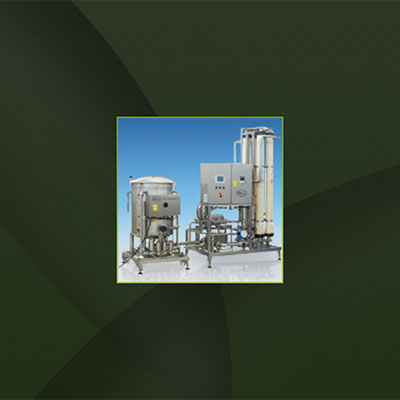Reducing Operating Costs
The growing competition in the bottled water industry mandates that every bottled water company must keep a close eye on the cost to produce its brand. Large chain retailers continue to grow in strength, pressuring suppliers to improve quality, reduce costs and increase output. Gaining even marginal savings on operating costs can dictate success or failure for a bottler.
Pall Aria™ FB Automatic Backwashable Water Filtration Systems
Pall has extensive experience in providing membrane solutions for municipal water treatment and is dedicated to advancing its technology to ensure simple and cost-effective solutions that achieve reliable process control. Pall Aria FB membrane filtration systems incorporate unique features which enable food and beverage plants to achieve high water quality at reduced operating costs (up to 50% compared to conventional treatment methods), while ensuring high microbiological process safety.

Bottled Water
Pall offers water bottlers an economical and complete line of filtration and laboratory products optimized for the filtration and analysis of bottled water as well as make-up water in beverage processes.
Let’s find the right solution, together.
Let’s connect. We want to share our innovative filtration solutions with you today. Contact our knowledgeable subject matter experts for information on how we can help. Thank you and we look forward to assisting you shortly.
Thank You
We will get in touch with you very shortly.




